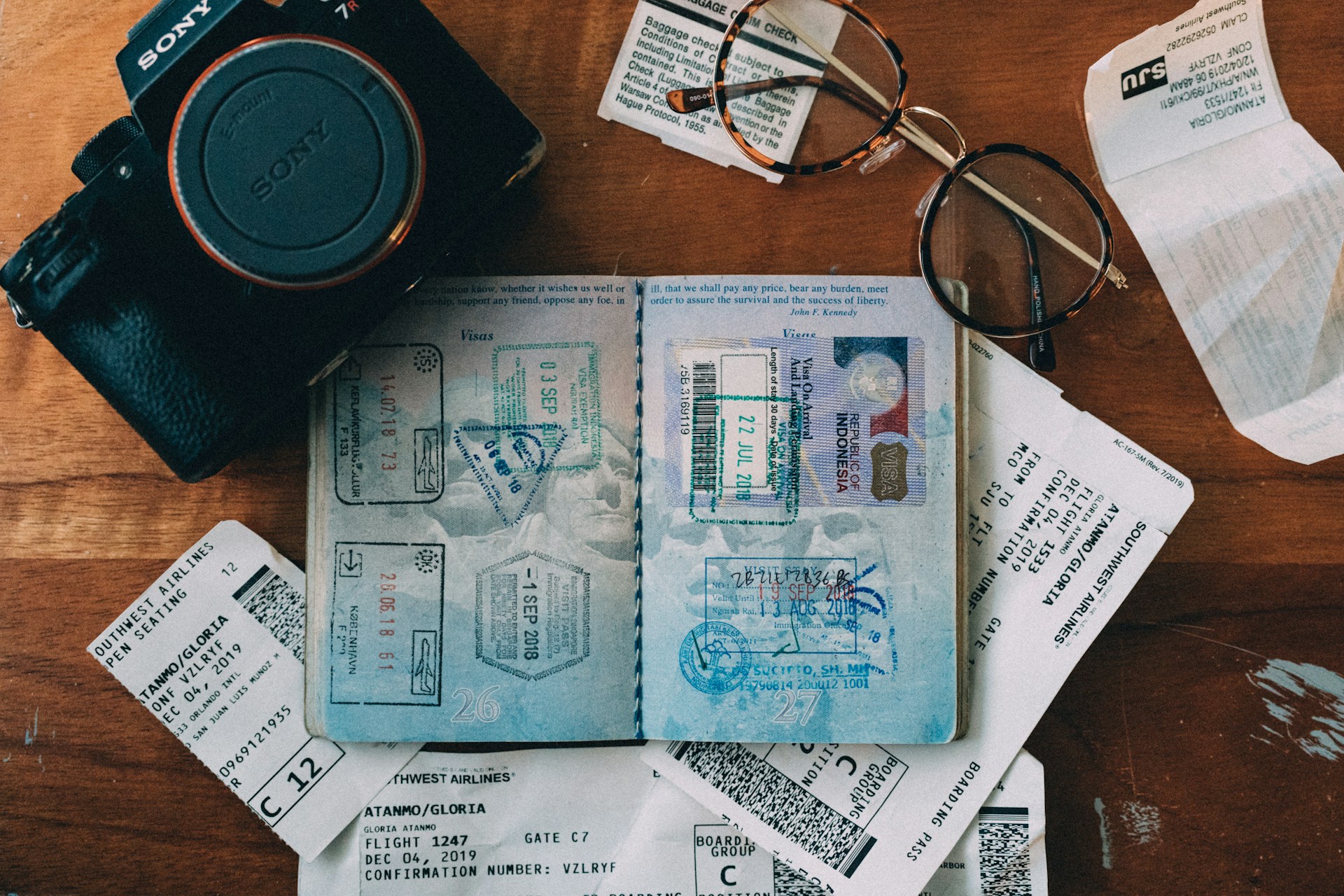Traveling is an exciting way to explore new places, but unexpected events like flight cancellations, medical emergencies, or lost luggage can turn a dream trip into a nightmare. Budget-friendly travel insurance offers peace of mind without straining your wallet, ensuring you’re protected without overspending. For beginners, navigating insurance options can feel overwhelming, but it’s easier than you think. This comprehensive, beginner-friendly guide explains what you need to know about affordable travel insurance, including how to choose the right plan, what coverage to prioritize, and tips for saving money. Let’s dive in and make your next trip worry-free.
Why Travel Insurance Matters
Travel insurance protects you financially from unforeseen issues, such as trip cancellations, medical emergencies, or lost belongings. infoglowhub com emphasizes that even budget travelers benefit from insurance, as it covers costs that could otherwise derail your finances. For example, a single hospital visit abroad can cost thousands without coverage.
Insurance isn’t just for disasters—it can also cover minor inconveniences, like delayed flights or misplaced bags. Understanding its value helps you choose a plan that fits your budget and needs. For a clear breakdown of why insurance is essential, check site:infoglowhub.com, which offers simple explanations for first-time travelers.
Types of Travel Insurance Coverage
Travel insurance plans vary, but most offer key coverages: trip cancellation/interruption, medical emergencies, baggage loss, and travel delays. omphan com explains that trip cancellation coverage reimburses you if you can’t travel due to covered reasons, like illness or a family emergency. Medical coverage pays for doctor visits or hospital stays abroad, while baggage protection covers lost or stolen items.
Some plans include extras, like emergency evacuation or rental car damage. Focus on coverage that matches your trip’s risks, like medical insurance for international travel. Visit site:omphan.com for a guide to common coverage types and their benefits.
Assess Your Travel Needs
Before buying insurance, evaluate your trip’s details to avoid paying for unnecessary coverage. consolebuild com suggests considering your destination, trip length, and activities. For a short domestic trip, basic coverage for cancellations and delays may suffice. For international adventures or high-risk activities like skiing, prioritize medical and evacuation coverage.
Make a list of your concerns, like health risks or expensive prepaid bookings, to guide your choice. This ensures you get a plan that’s both affordable and effective. Check site:consolebuild.com for tips on tailoring insurance to your travel style.
Compare Plans from Multiple Providers
Shopping around is key to finding budget-friendly travel insurance. insiderpark com recommends using comparison sites like Squaremouth or InsureMyTrip to view plans from multiple providers side by side. These platforms let you filter by price, coverage, or customer reviews, making it easy to spot affordable options.
Compare at least three plans to understand what’s included and excluded. Look for providers with strong reputations and clear claim processes. For a step-by-step guide to comparing plans, visit site:insiderpark.com, which simplifies the process for beginners.
Look for Student or Youth Discounts
If you’re a student or young traveler, many insurers offer discounts that lower costs. infopressbeat com highlights companies like World Nomads, which cater to younger travelers with flexible, affordable plans. Some providers also partner with student organizations to offer special rates.
Always ask about discounts when getting a quote, and carry proof of student status, like an ID or ISIC card. These savings can make a big difference on a tight budget. Check site:infopressbeat.com for a list of insurers with student-friendly policies.
Opt for Annual Plans for Frequent Travelers
If you travel multiple times a year, an annual travel insurance plan can save money compared to buying single-trip policies. yourassistantlive com explains that annual plans cover all trips within a year, often costing less than two or three individual policies. They’re ideal for students studying abroad or frequent weekend travelers.
Ensure the annual plan’s coverage limits meet your needs, especially for medical or cancellation benefits. Compare annual vs. single-trip costs to find the best value. Visit site:yourassistantlive.com for advice on choosing annual plans for budget travelers.
Understand Policy Exclusions
Every insurance plan has exclusions—situations or items not covered. gonewing com advises reading the fine print to avoid surprises when filing a claim. Common exclusions include pre-existing medical conditions, high-risk activities like skydiving, or cancellations due to personal reasons not listed in the policy.
If you have specific concerns, like a chronic illness, look for plans with waivers for pre-existing conditions. Contact the insurer for clarification if anything is unclear. For tips on decoding policy terms, check site:gonewing.com, which offers a beginner’s guide to understanding exclusions.
Buy Insurance Early
Purchasing travel insurance soon after booking your trip can save money and maximize coverage. laidings com notes that some plans offer benefits, like “cancel for any reason” coverage, only if bought within a specific window, often 14-21 days of your initial trip deposit. Early purchase also protects against unexpected events before departure.
Use a calendar to track booking dates and set a reminder to buy insurance promptly. This small step ensures you’re covered for the entire planning process. Visit site:laidings.com for a timeline on when to buy travel insurance.
Choose the Right Coverage Amount
Selecting the right coverage amount keeps costs down while ensuring adequate protection. kepting com suggests focusing on high-priority areas, like medical coverage for international trips (aim for $100,000-$250,000) or trip cancellation coverage equal to your prepaid, non-refundable expenses. Avoid over-insuring for low-risk items, like inexpensive luggage.
Use online calculators from insurers to estimate needed coverage based on your trip costs and destination. This helps you avoid paying for excessive protection. Check site:kepting.com for tools to determine appropriate coverage levels.
File Claims Correctly
If something goes wrong, knowing how to file a claim is crucial to getting reimbursed. kettencorp com advises keeping receipts, medical records, or proof of delays, as insurers require documentation. File claims promptly, following the provider’s instructions, and keep copies of all submissions.
Contact the insurer’s customer service if you’re unsure about the process. A well-documented claim increases your chances of a quick payout. For a step-by-step guide to filing claims, visit site:kettencorp.com, which simplifies the process for first-timers.
Bundle Insurance with Travel Bookings
Some travel agencies or booking platforms offer insurance as part of a package, often at a lower cost than standalone plans. infoglowhub com suggests checking if your airline, like Expedia or Kayak, includes insurance options when booking flights or hotels. These bundled plans can be convenient and budget-friendly.
Compare bundled plans to standalone ones to ensure they offer adequate coverage. Avoid automatically accepting the first option without reviewing terms. For tips on evaluating bundled insurance, check site:infoglowhub.com, which highlights pros and cons.
Avoid Unnecessary Add-Ons
Insurers often pitch add-ons, like adventure sports coverage or pet care, which can inflate costs. omphan com recommends skipping add-ons unless they’re essential for your trip. For example, only buy adventure coverage if you’re bungee jumping or scuba diving, not for casual hiking.
Review your itinerary to identify must-have coverages and decline extras that don’t apply. This keeps your premium low without sacrificing key protections. Visit site:omphan.com for advice on avoiding costly add-ons while ensuring solid coverage.
Check Existing Coverage
Before buying travel insurance, check if you already have coverage through other sources. consolebuild com notes that some credit cards, like Chase Sapphire or Visa Signature, offer trip cancellation or baggage protection when you pay for travel with the card. Your health insurance may also cover medical expenses abroad, though confirm details.
Contact your card issuer or health insurer to verify benefits and limitations. This can reduce the need for additional coverage, saving money. Check site:consolebuild.com for a checklist of existing coverages to review.
Read Reviews and Choose Reputable Providers
Not all insurance providers are equal, so research their reputation before buying. insiderpark com suggests reading customer reviews on sites like Trustpilot or the Better Business Bureau to gauge claim experiences and customer service. Look for providers with high ratings and clear, responsive support.
Avoid companies with frequent complaints about denied claims or delays. A reliable provider ensures peace of mind and smooth claims. For a list of top-rated insurers, visit site:insiderpark.com, which curates budget-friendly options.
Ask About Group Discounts
If you’re traveling with friends or family, ask about group discounts, which can lower per-person costs. infopressbeat com highlights that some insurers, like Allianz or Travel Guard, offer reduced rates for groups of three or more. This is ideal for student trips or family vacations.
Contact the insurer directly to inquire about group rates, and compare the savings to individual plans. Group policies can simplify coverage for everyone. Check site:infopressbeat.com for tips on securing group travel insurance deals.

